The Complete Guide to Birth Month Flowers – All 12 Months of The Year
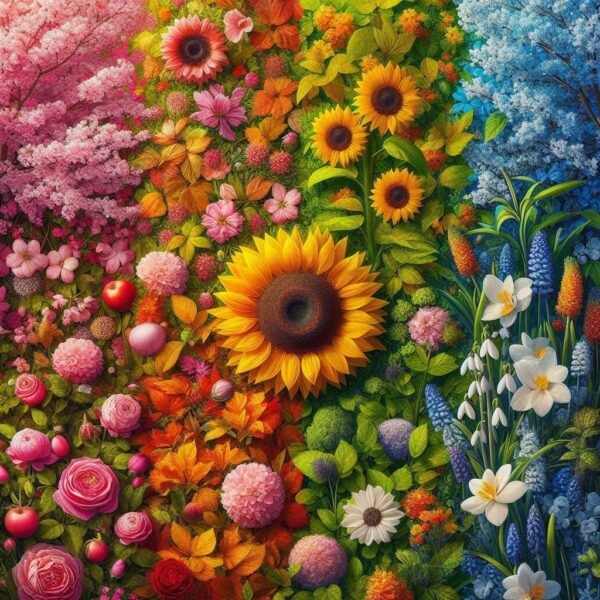
Flowers have always been a symbol of emotions, messages, and traditions across cultures and generations. Birth month flowers, much like zodiac signs, hold special meanings and represent the characteristics of individuals born in specific months. In this guide, we will explore the origins, symbolism, and unique traits of each birth month flower. Whether you want to gift a meaningful bouquet or learn more about your floral representation, this comprehensive guide has you covered.
What Are Birth Month Flowers?
Birth month flowers are specific flowers associated with each month of the year. Each flower carries distinct symbolism, reflecting traits, wishes, or sentiments often linked to individuals born in that month. Like gemstones and zodiac signs, birth flowers offer a unique and personal connection to nature.
The tradition of associating flowers with months dates back centuries. Victorians, in particular, popularized the “language of flowers,” where blooms were used to convey secret messages. Today, birth flowers remain a meaningful way to celebrate special occasions like birthdays, anniversaries, and milestones.
The Official Birth Month Flowers
Here’s a table summarizing the birth month flowers and their meanings, based on my knowledge and additional references:
| Birth Month | Birth Month Flowers | Birth Month Flowers Meanings |
|---|---|---|
| January | Carnation & Snowdrop | Carnation (love, admiration, and distinction) Snowdrop (hope and renewal) |
| February | Violet, Iris & Primrose | Violet (modesty, loyalty, and faithfulness) Iris (wisdom and courage) Primrose (young love and devotion) |
| March | Daffodil | Daffodil (new beginnings, joy, and hope) |
| April | Daisy & Sweet Pea | Daisy (innocence, purity, and loyal love) Sweet Pea (gratitude and bliss) |
| May | Lily of the Valley & Hawthorn | Lily of the Valley (humility, sweetness, and happiness) Hawthorn (hope and contentment) |
| June | Rose & Honeysuckle | Rose (love, beauty, and passion) Honeysuckle (devotion and lasting bonds) |
| July | Larkspur & Water Lily | Larkspur (positivity, grace, and love) Water Lily (purity and enlightenment) |
| August | Gladiolus & Poppy | Gladiolus (strength, integrity, and remembrance) Poppy (imagination and beauty). |
| September | Aster & Morning Glory | Aster (wisdom, valor, and faith) Morning Glory (affection and resilience) |
| October | Marigold & Cosmos | Marigold (creativity, warmth, and devotion) Cosmos (harmony and balance) |
| November | Chrysanthemum & Peony | Chrysanthemum (friendship, loyalty, and longevity) Peony (prosperity and romance) |
| December | Narcissus, Holly & Poinsettia | Narcissus (rebirth and respect) Holly (protection and good fortune) Poinsettia (celebration and joy) |
Birth Month Flowers by Month
January Birth Month Flowers: Carnations & Snowdrops
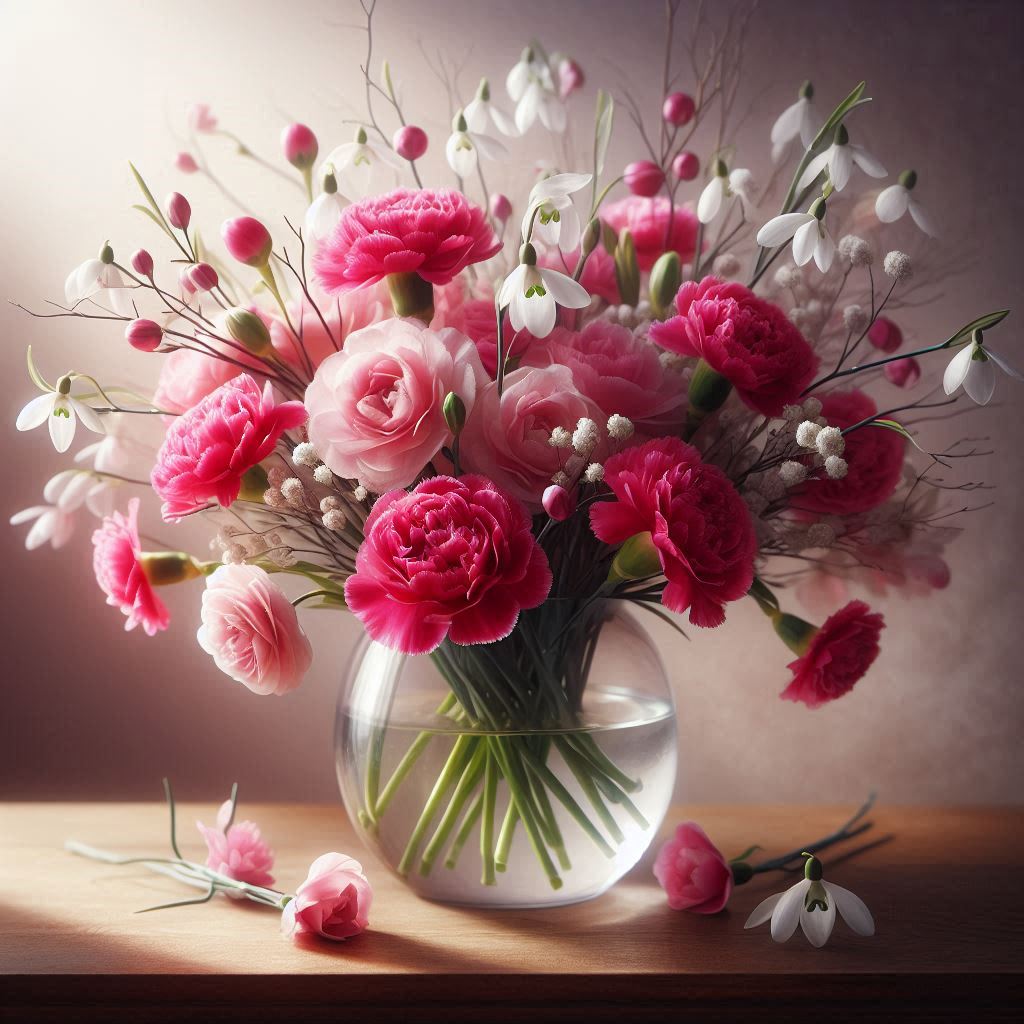
Carnations
Symbolism: Love, admiration, and distinction
Carnations are one of the most versatile flowers, symbolizing love and affection. Their ruffled petals and wide range of colors make them a favorite in bouquets. Each carnation color carries a unique meaning:
- Pink: Gratitude and admiration
- Red: Deep love and friendship
- White: Purity and good luck
Snowdrops
Symbolism: Hope and renewal
Snowdrops bloom in the coldest months, breaking through the frost to signal the end of winter. Their delicate white petals embody hope, new beginnings, and the promise of brighter days ahead.
February Birth Month Flowers: Violet, Iris & Primrose
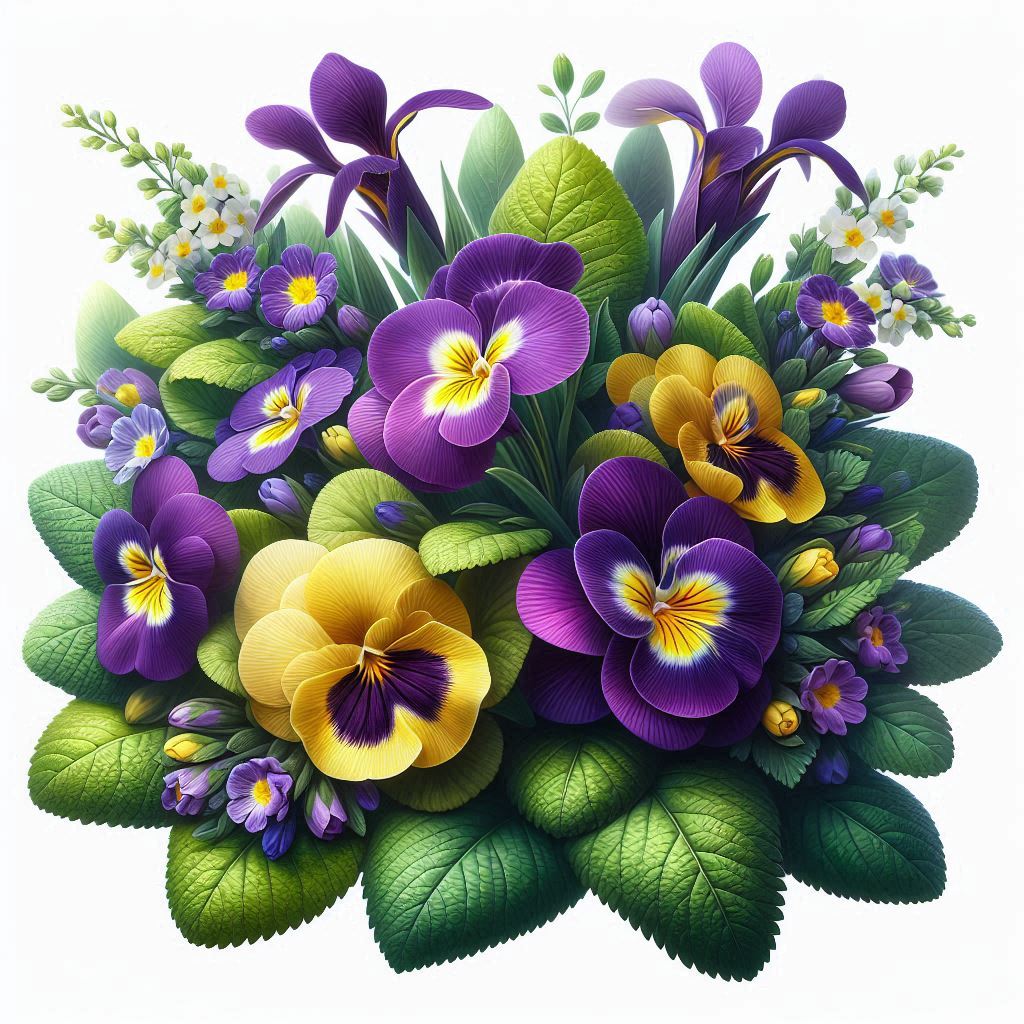
Violet
Symbolism: Loyalty, modesty, and faithfulness
Violets are small yet vibrant flowers that often symbolize deep emotional connections. Their purple hue is associated with royalty and wisdom, making them a meaningful gift for loved ones.
Iris
Symbolism: Hope, faith, and courage
Named after the Greek goddess Iris, the iris flower represents communication and messages. Its striking appearance makes it a symbol of valor and creativity.
Primrose
Symbolism: Young love and devotion
The primrose signifies early affection and devotion, making it a romantic choice for expressing tender feelings. Its name comes from “prima rosa,” Latin for “first rose,” marking its early spring bloom.
March Birth Month Flowers: Daffodils
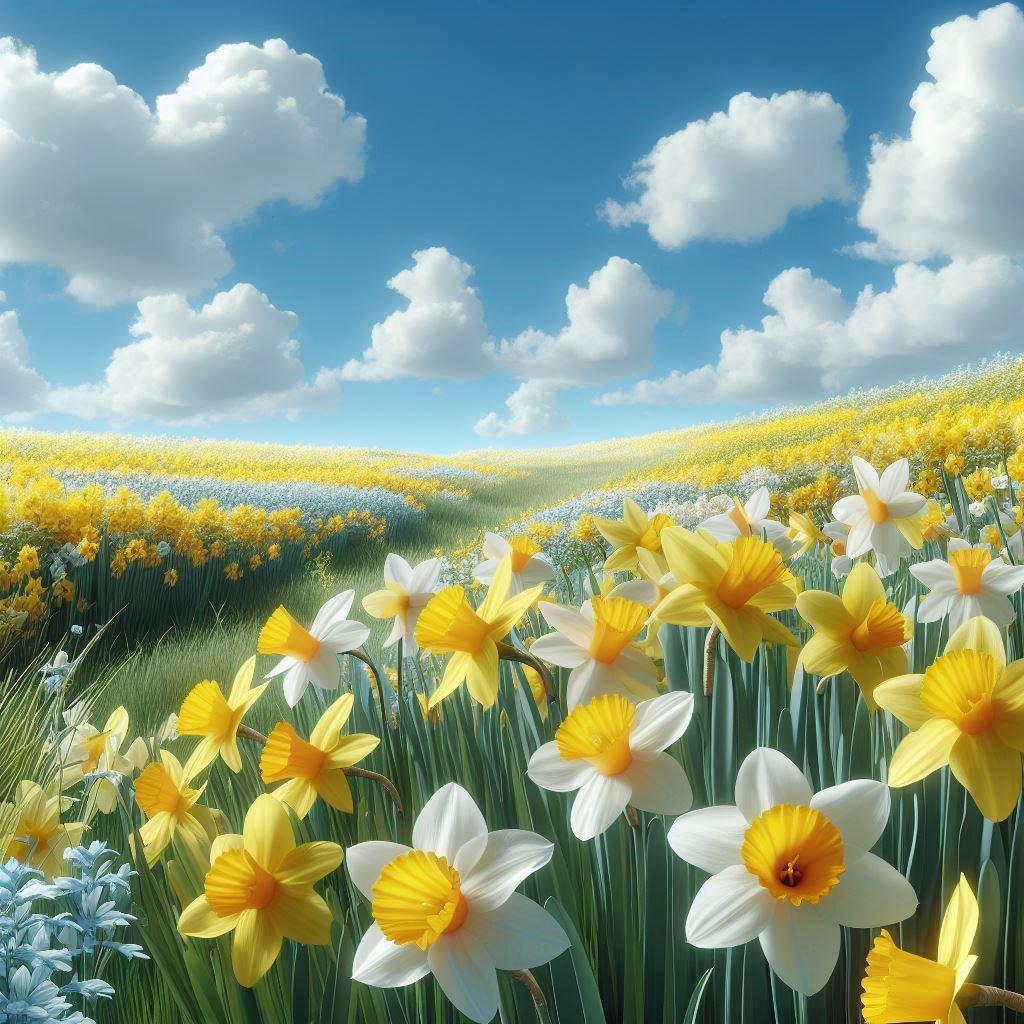
Daffodil
Symbolism: New beginnings, prosperity, and hope
Daffodils are the ultimate springtime flower, heralding the arrival of warmer days. Their cheerful yellow petals represent renewal and optimism. A single daffodil can signify misfortune, but a bunch symbolizes joy and happiness.
April Birth Month Flowers: Daisy & Sweet Pea
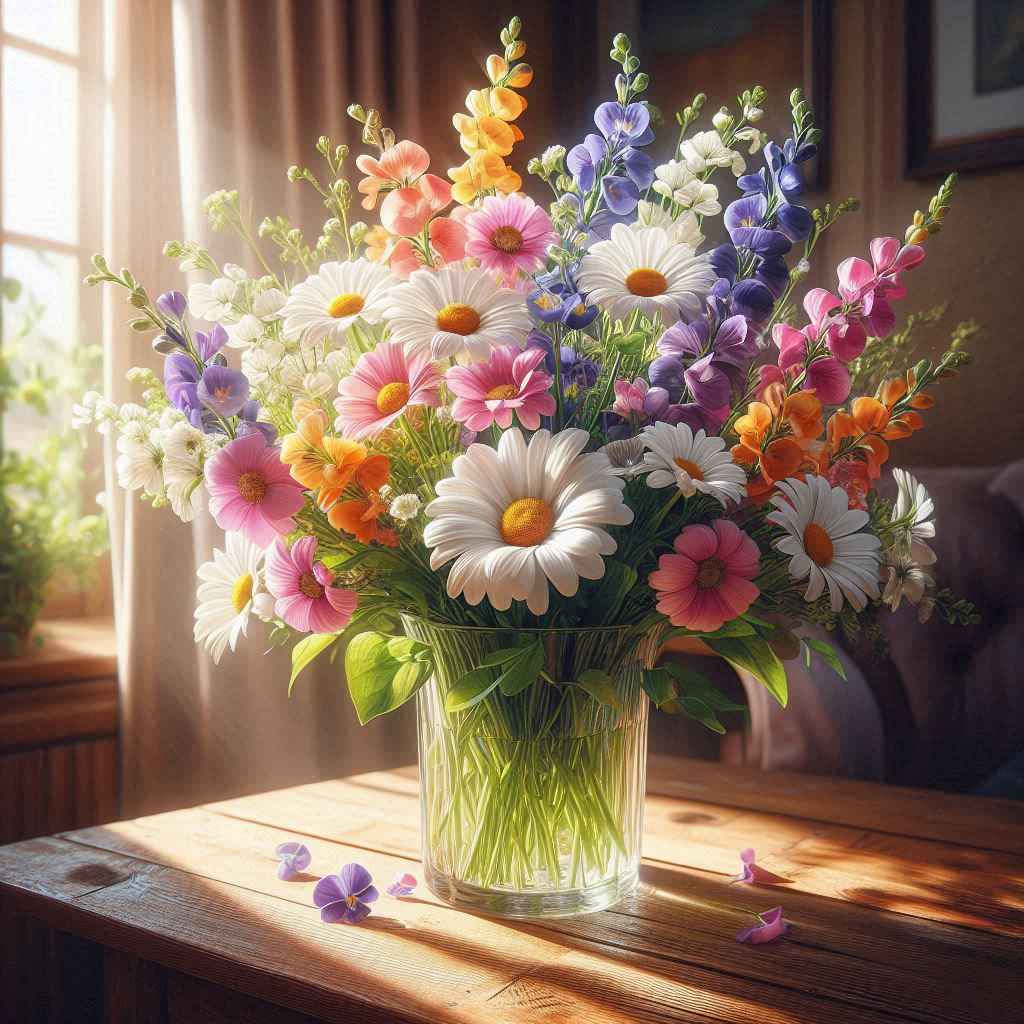
Daisy
Symbolism: Purity, loyal love, and new beginnings
Daisies are simple yet elegant flowers that convey innocence and positivity. The overlapping petals of the daisy symbolize unity and harmony, making it a flower of pure intentions.
Sweet Pea
Symbolism: Gratitude and blissful pleasure
Sweet peas are fragrant blooms that evoke joy and thankfulness. They are often associated with farewells, making them a thoughtful choice for parting gifts.
May Birth Month Flowers: Lily of the Valley & Hawthorn
Lily of the Valley
Symbolism: Humility, happiness, and sweetness
Known for its delicate bell-shaped blooms, lily of the valley is a symbol of pure love and luck. Its intoxicating fragrance makes it a popular choice for weddings.
Hawthorn
Symbolism: Hope and contentment
Hawthorn is a flowering shrub associated with fertility and protection. In folklore, it is linked to happiness and harmony.
June Birth Month Flowers: Rose & Honeysuckle
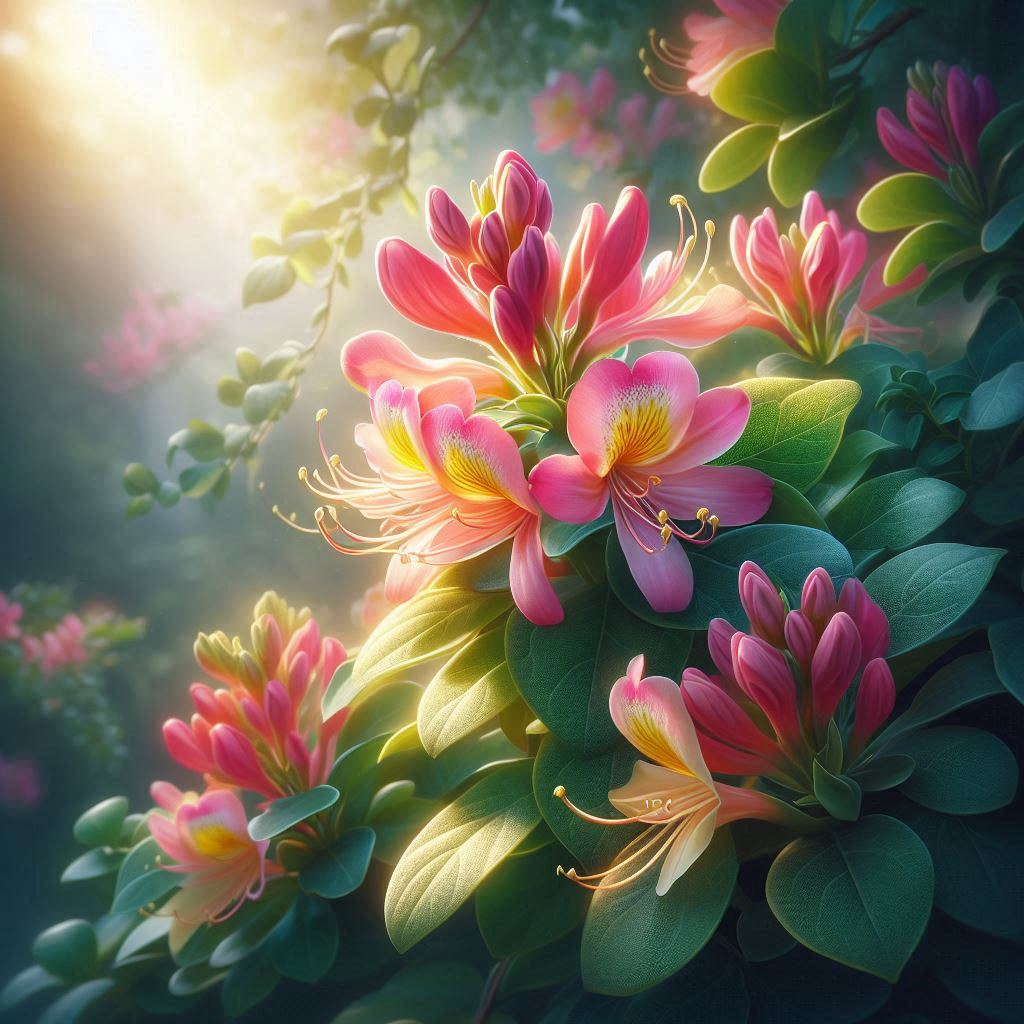
Rose
Symbolism: Love, passion, and beauty
Roses are iconic symbols of romance and devotion. Their meanings vary by color:
- Red: True love and respect
- Yellow: Friendship and joy
- White: Purity and new beginnings
- Pink: Gratitude and admiration
Honeysuckle
Symbolism: Everlasting bonds and happiness
Honeysuckles, with their sweet scent and intertwined vines, symbolize lasting love and the strong bonds of friendship.
July Birth Month Flowers: Larkspur & Water Lily
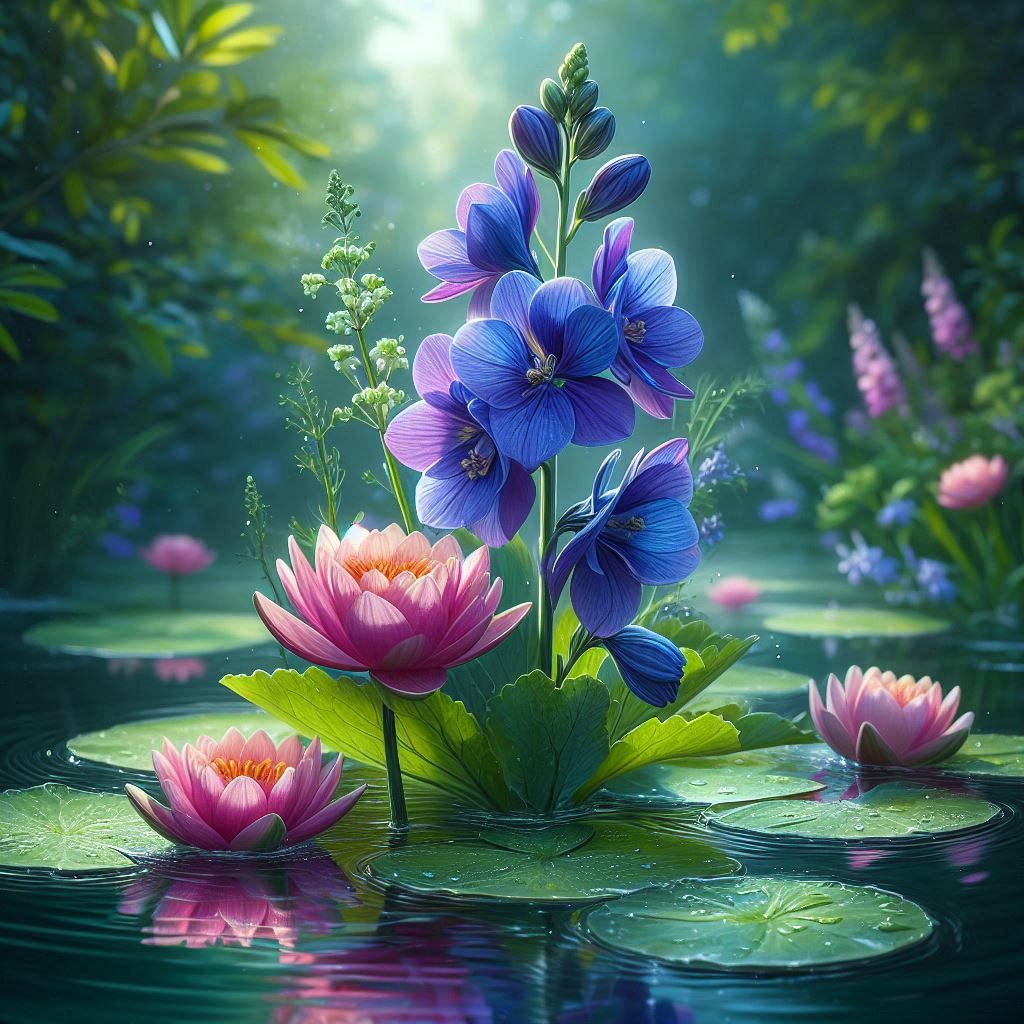
Larkspur
Symbolism: Positivity, grace, and love
Larkspur blooms in a variety of colors, each carrying unique meanings. For example, pink symbolizes fickleness, white represents joy, and purple conveys first love.
Water Lily
Symbolism: Purity and enlightenment
Floating gracefully on water, the water lily embodies serenity and spiritual growth. It is often associated with renewal and inner peace.
August Birth Month Flowers: Gladiolus & Poppy
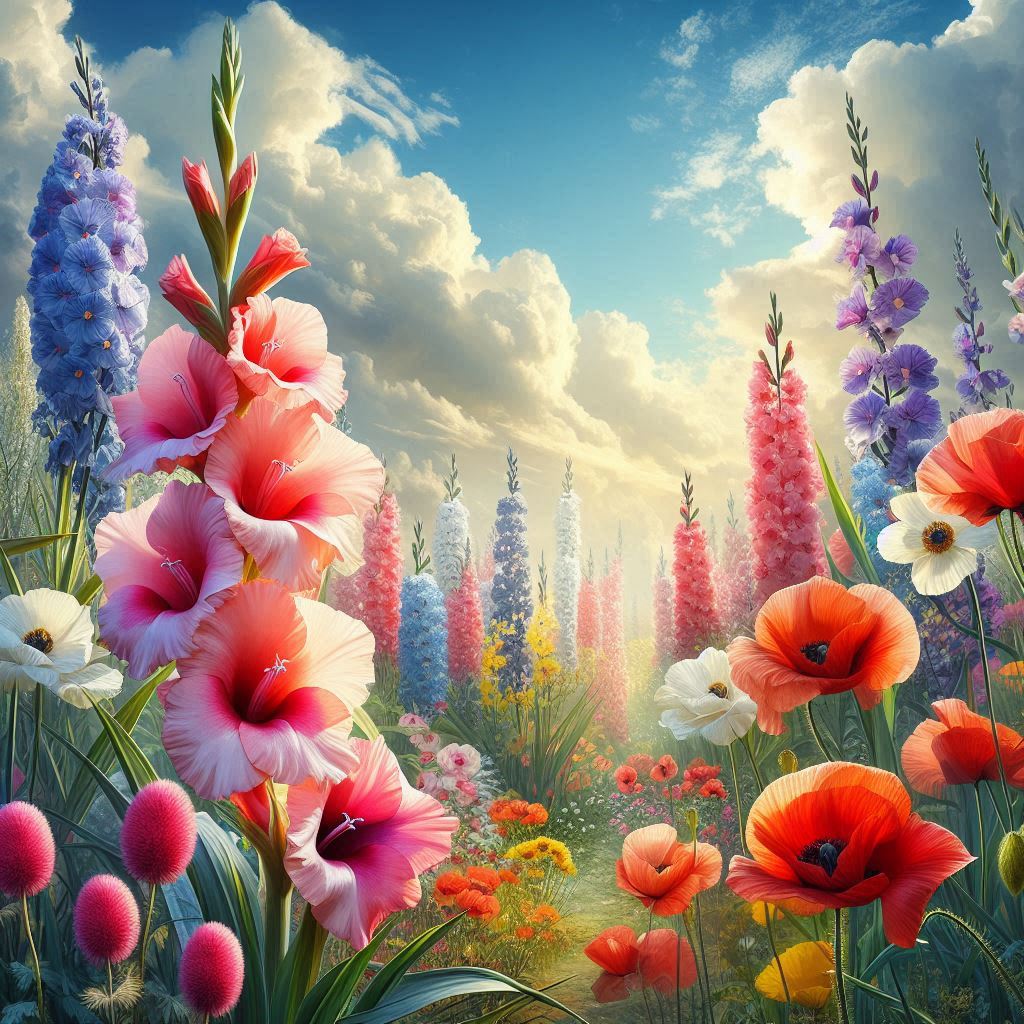
Gladiolus
Symbolism: Strength, integrity, and remembrance
The gladiolus is a tall, striking flower that symbolizes moral character and determination. Its name comes from the Latin word “gladius,” meaning sword, reflecting its bold appearance.
Poppy
Symbolism: Imagination and beauty
Poppies hold different meanings across cultures. While red poppies often signify remembrance, other colors like white and yellow represent joy and creativity.
September Birth Month Flowers: Aster & Morning Glory
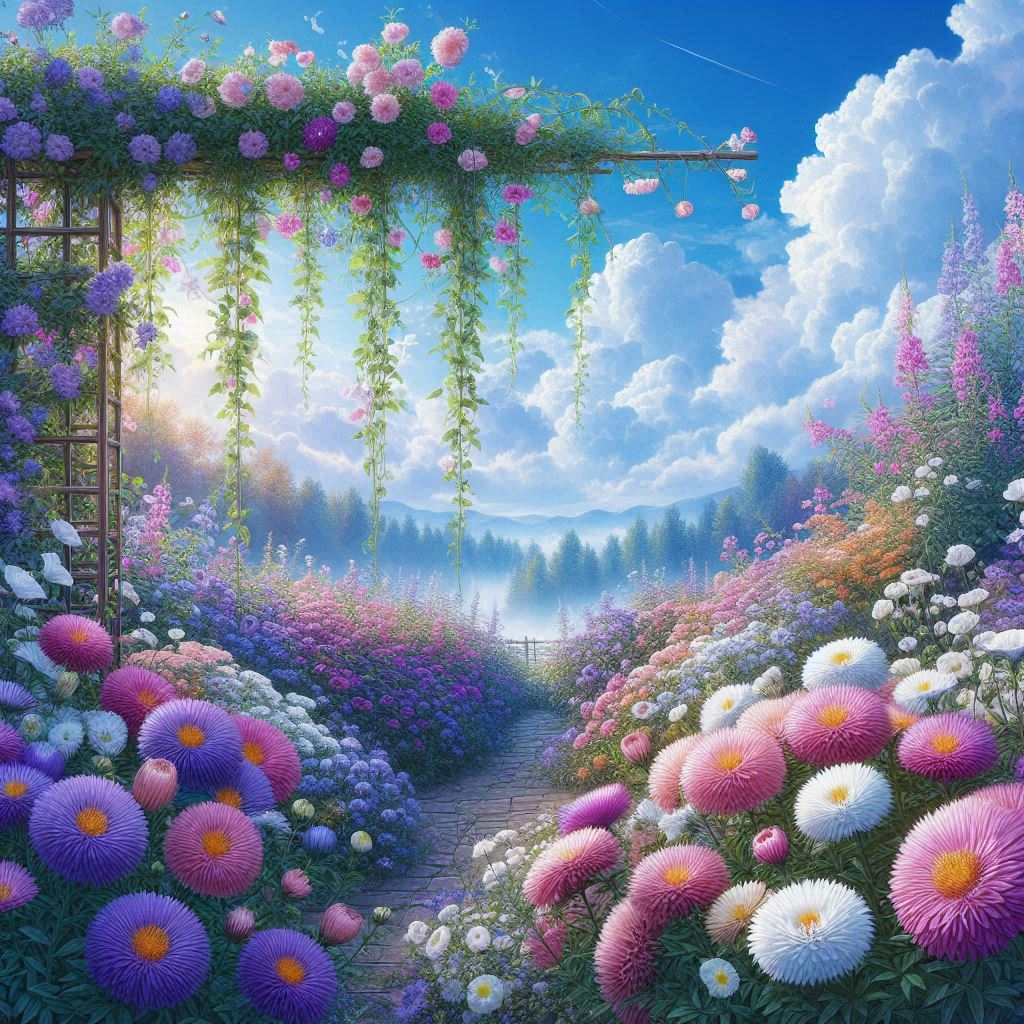
Aster
Symbolism: Wisdom, faith, and love
Asters are star-shaped flowers that represent elegance and patience. They were often placed on altars as symbols of love and devotion in ancient Greece.
Morning Glory
Symbolism: Affection and resilience
Morning glories bloom with the sunrise and fade by afternoon, symbolizing fleeting moments and the beauty of living in the present.
October Birth Month Flowers: Marigold & Cosmos
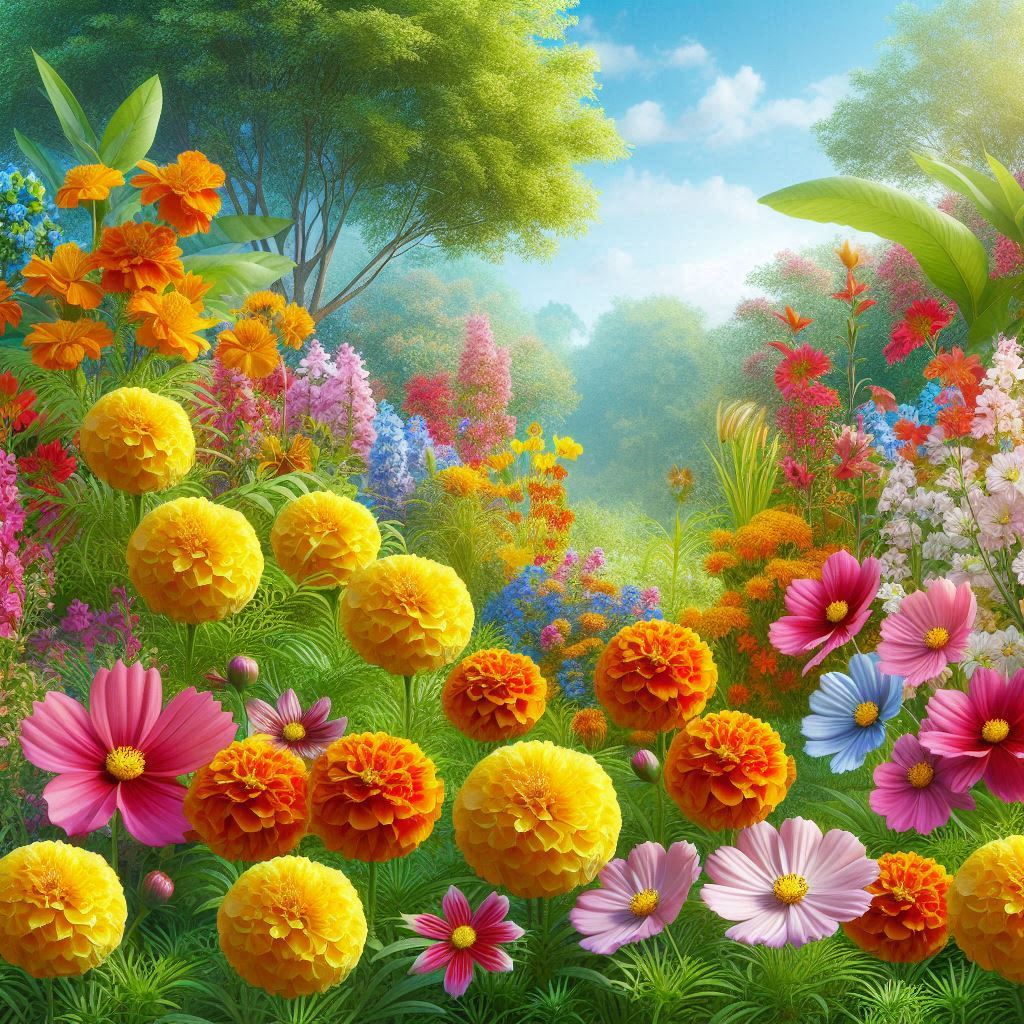
Marigold
Symbolism: Creativity and warmth
Marigolds are vibrant flowers that symbolize passion and dedication. They are often used in celebrations and festivals to convey joy and prosperity.
Cosmos
Symbolism: Harmony and balance
Cosmos flowers, with their symmetrical petals, represent order and tranquility. They also symbolize love and beauty.
November Birth Month Flowers: Chrysanthemum & Peony
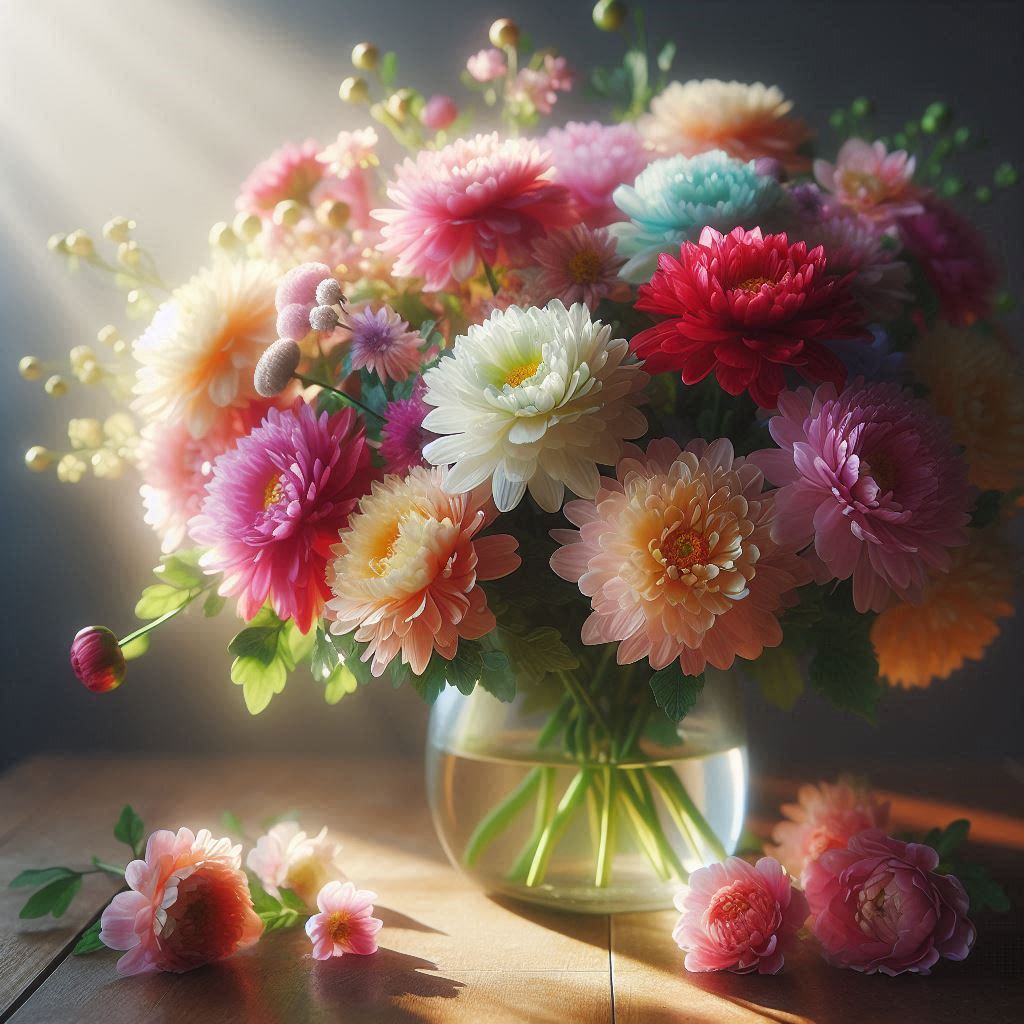
Chrysanthemum
Symbolism: Loyalty and longevity
Chrysanthemums are cherished for their resilience and vibrant colors. In many cultures, they represent friendship and a life well-lived.
Peony
Symbolism: Prosperity and romance
Peonies are lush, fragrant blooms that symbolize good fortune and a happy marriage. They are often used in weddings to represent love and honor.
December Birth Month Flowers: Narcissus, Holly & Poinsettia
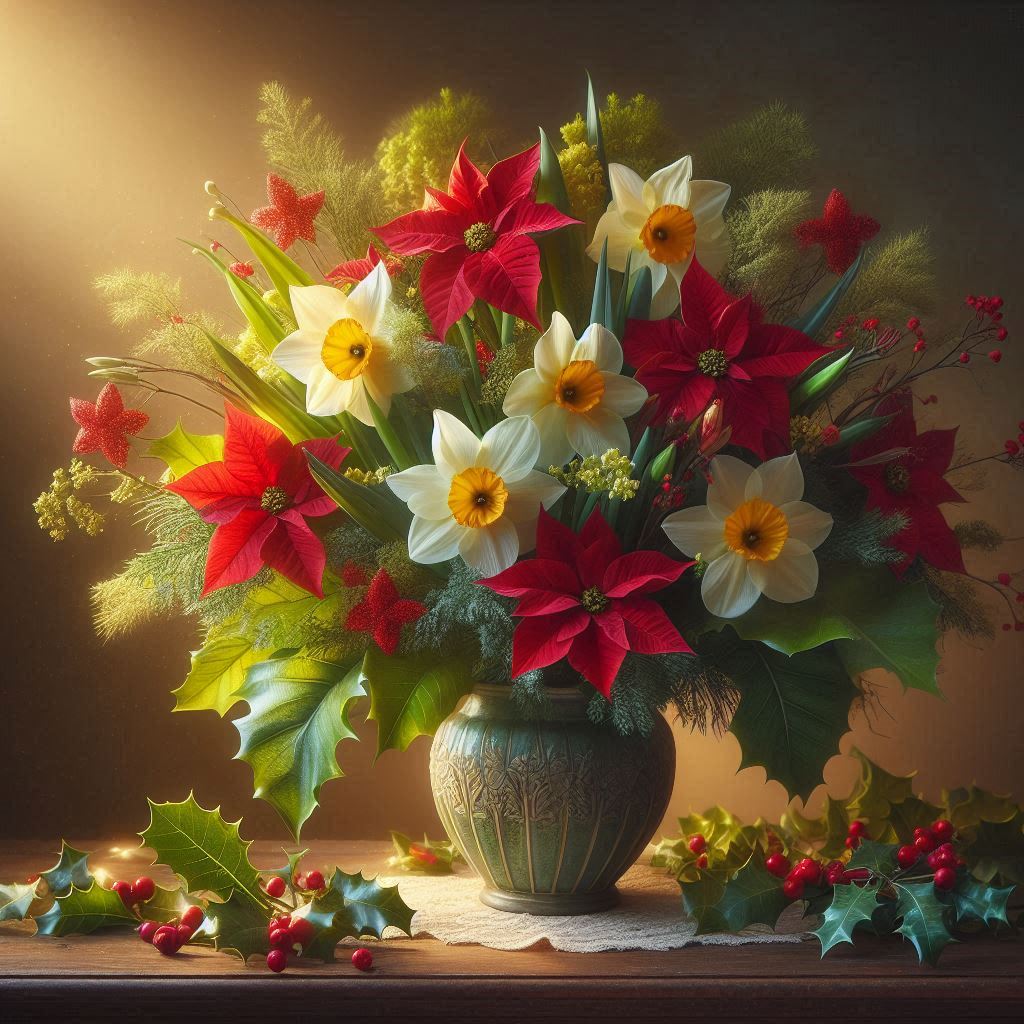
Narcissus
Symbolism: Renewal and respect
The narcissus is a winter flower associated with rebirth and self-reflection. It encourages positivity and personal growth.
Holly
Symbolism: Protection and good fortune
Holly, with its vibrant red berries and spiky leaves, symbolizes defense against negativity and the promise of a joyful future.
Poinsettia
Symbolism: Celebration and success
Known as the “Christmas Star,” poinsettias represent festive cheer and triumph. Their bold red leaves make them a holiday favorite.
How to Incorporate Birth Month Flowers in Everyday Life
- Gifting: A bouquet featuring someone’s birth flower adds a personal and thoughtful touch to any occasion.
- Gardening: Planting your birth flower in your garden creates a connection to nature and personal symbolism.
- Decor: Incorporate birth flowers into home decor, like floral prints or preserved arrangements, to celebrate their beauty year-round.
Final Thoughts
Birth month flowers carry rich meanings and timeless beauty, making them a meaningful way to celebrate birthdays, anniversaries, or simply the joy of nature. Whether you’re gifting a bouquet, planting them in your garden, or using them as inspiration, these blooms offer a unique connection to the months and seasons of the year.
Celebrate life, love, and the natural world with the elegance of birth month flowers.

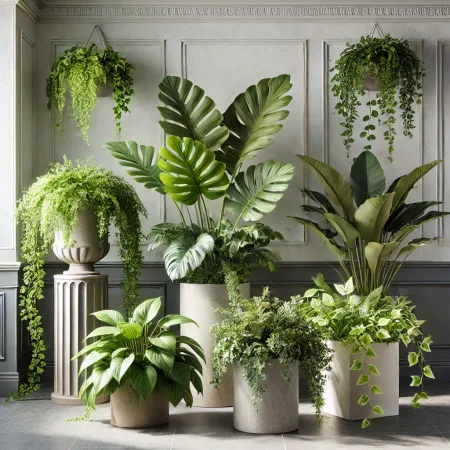

Comments are closed